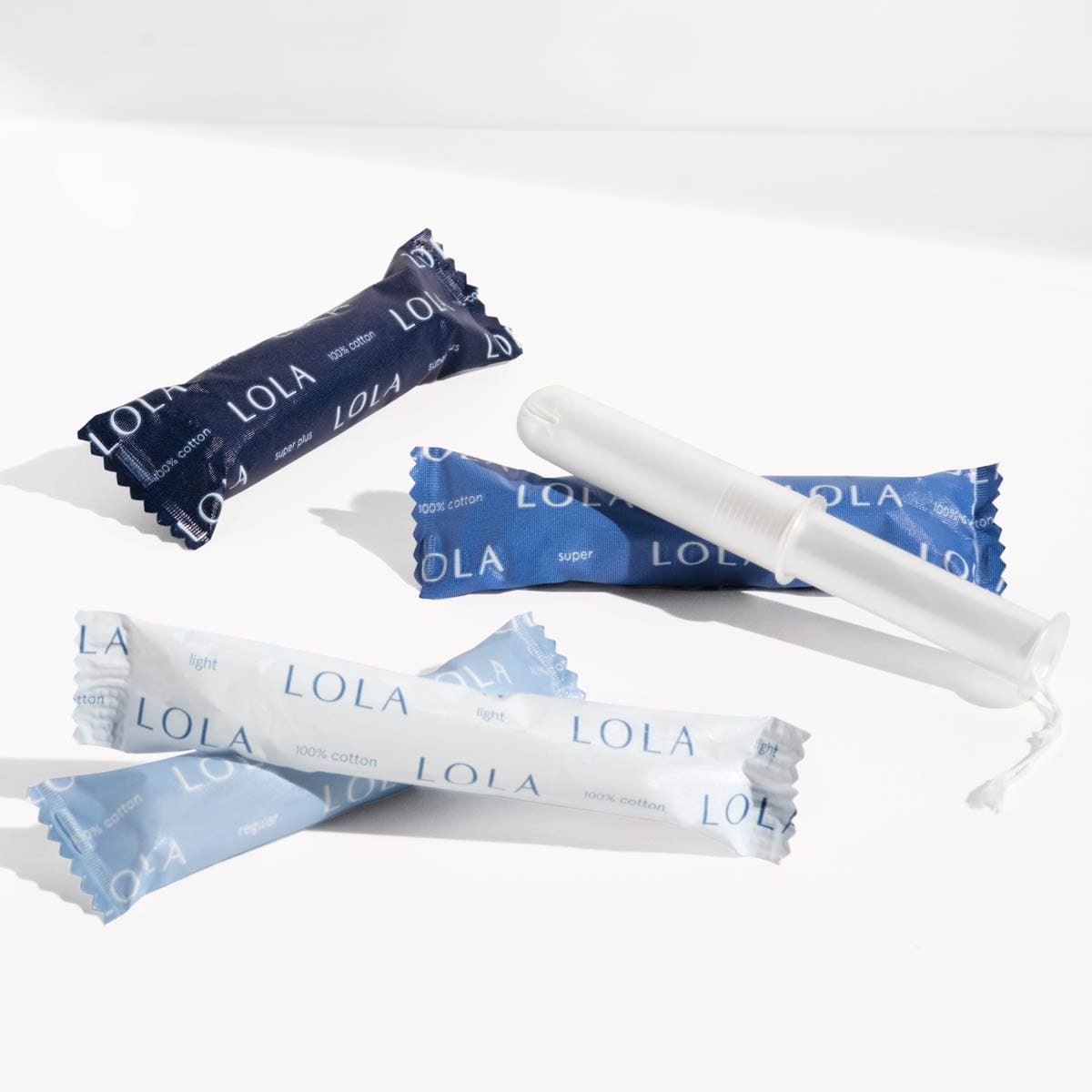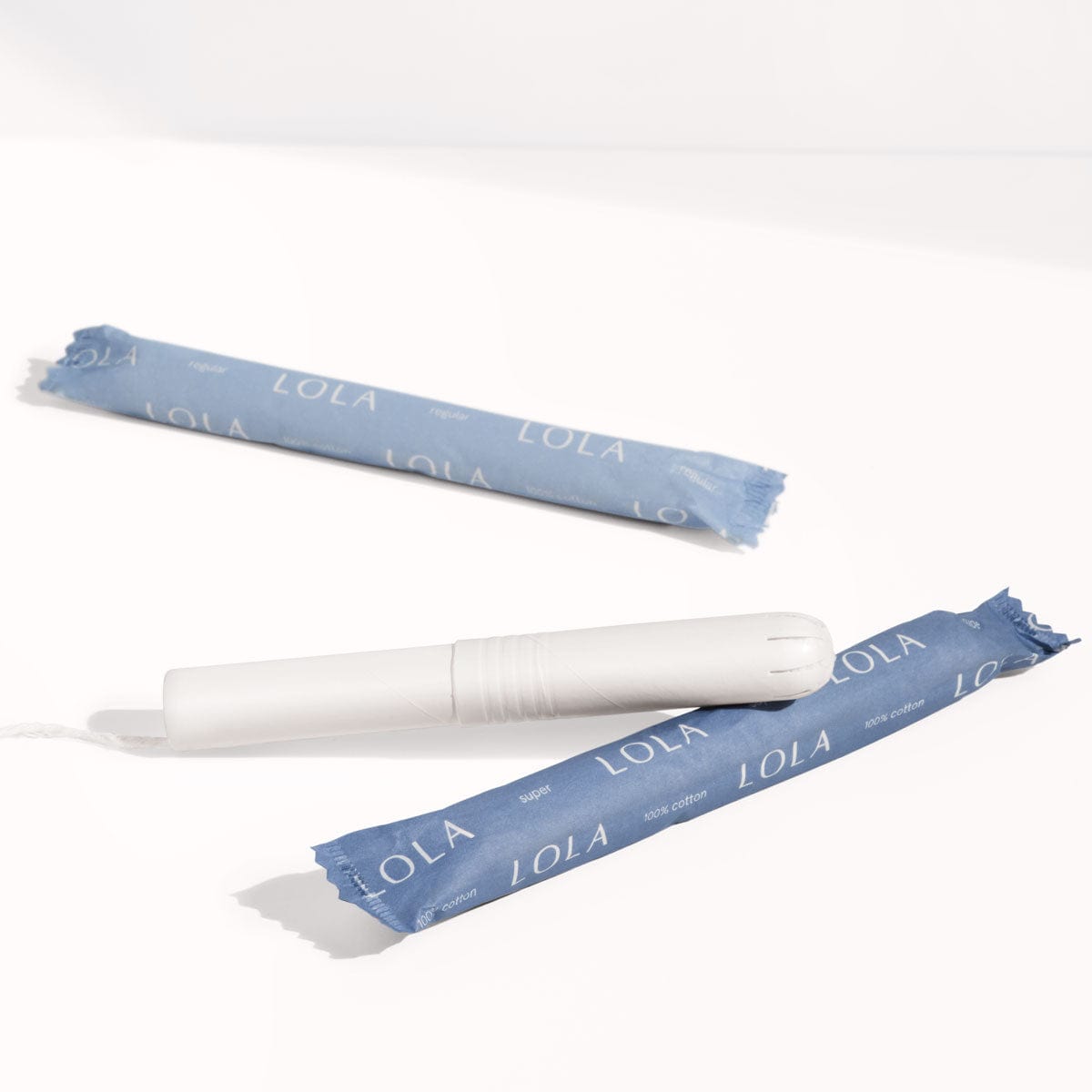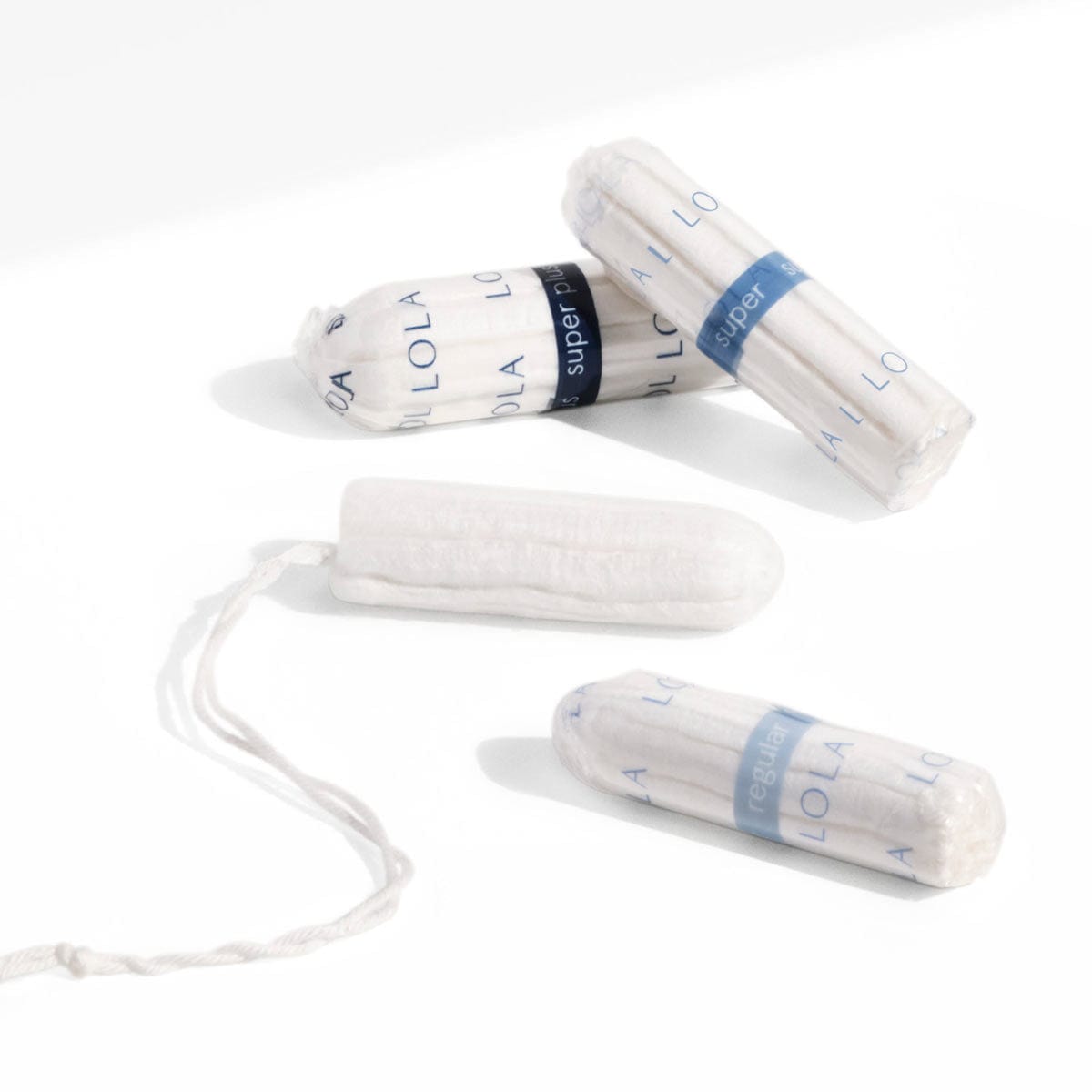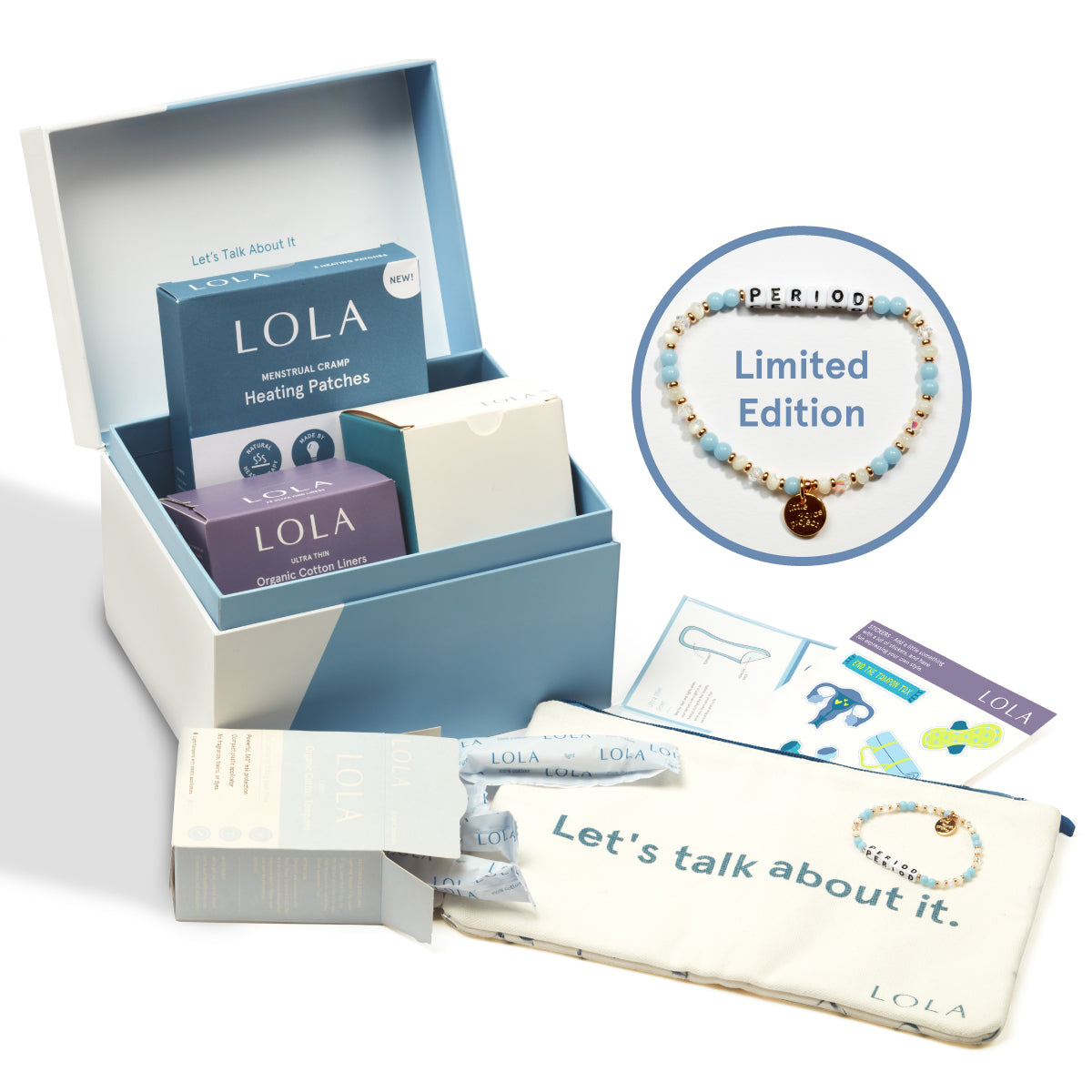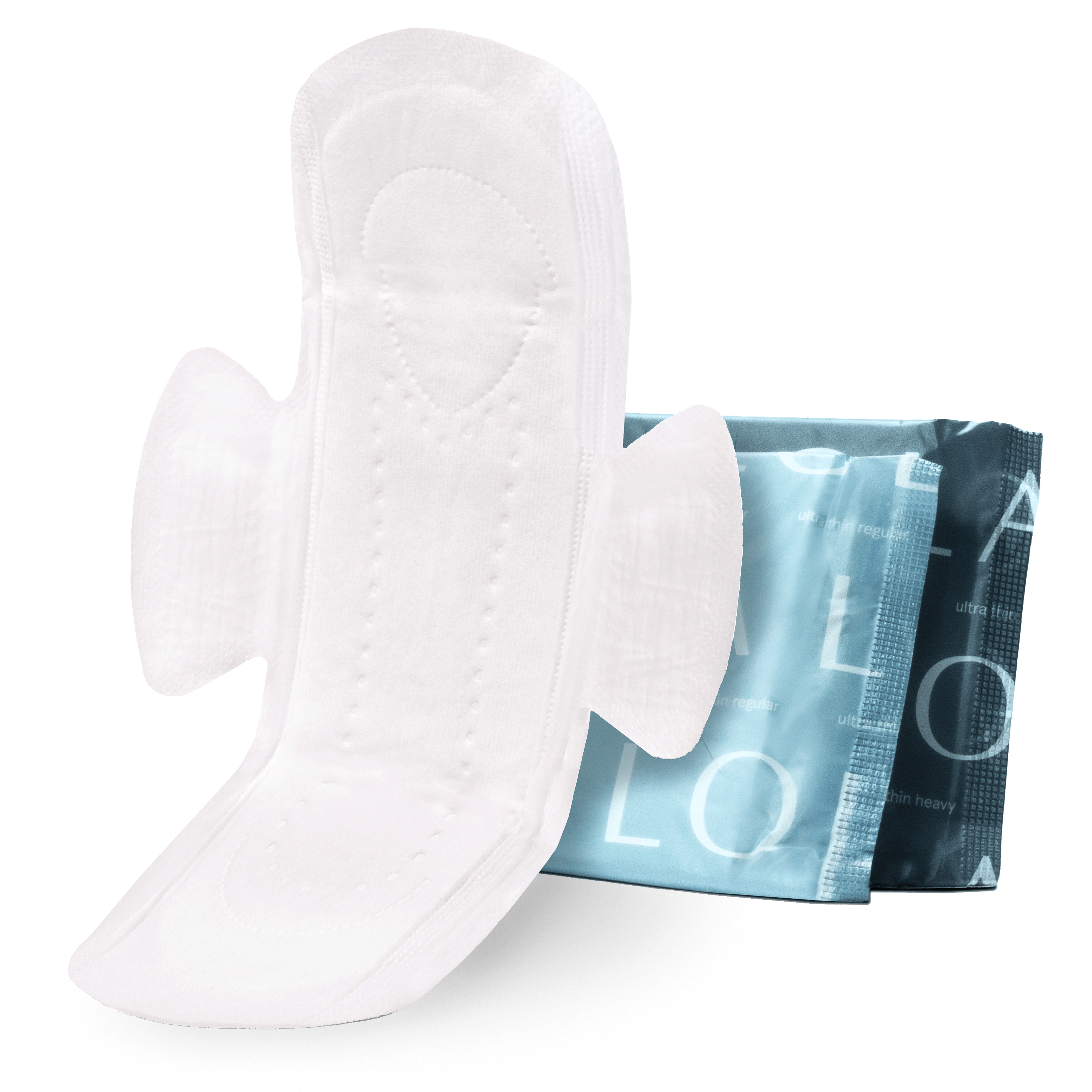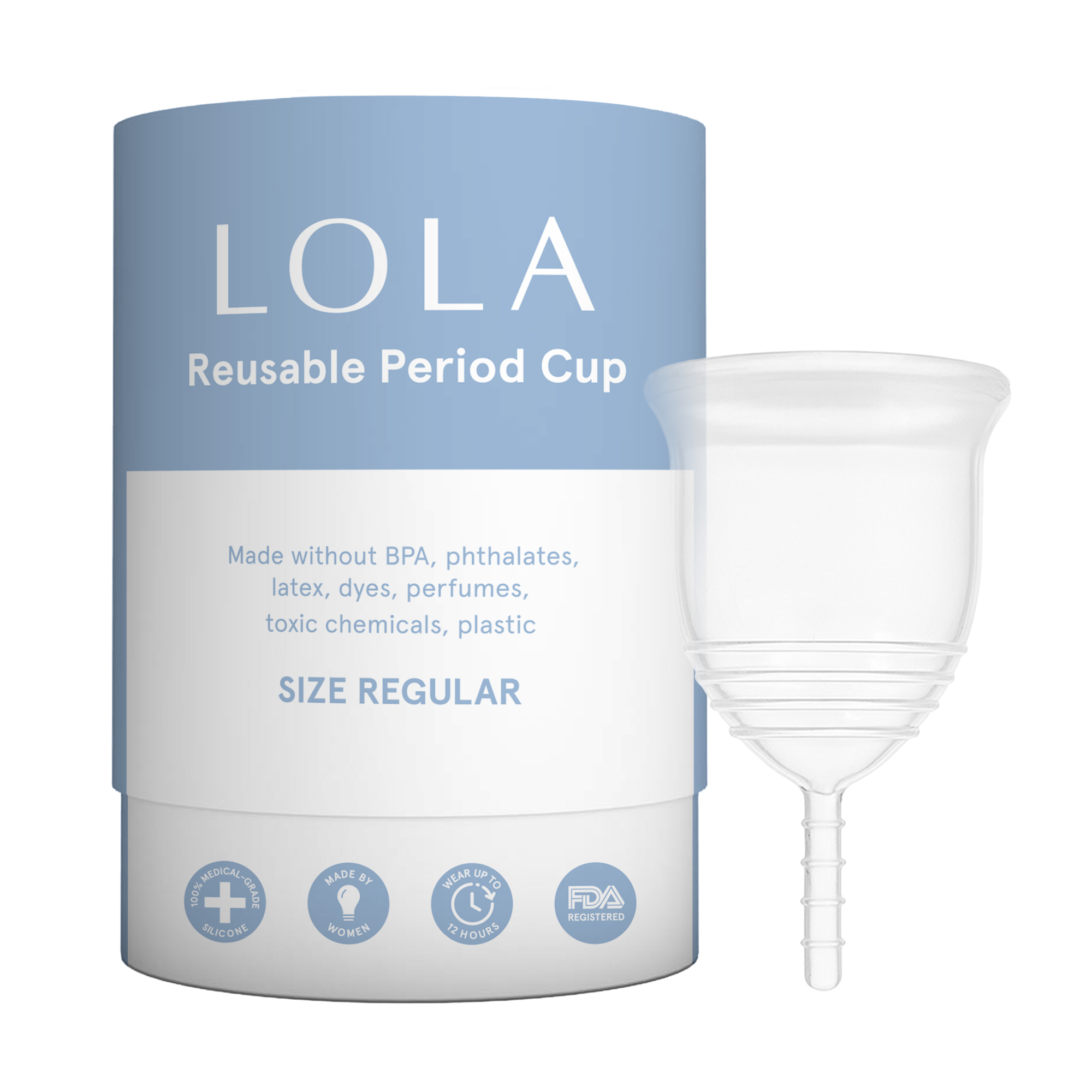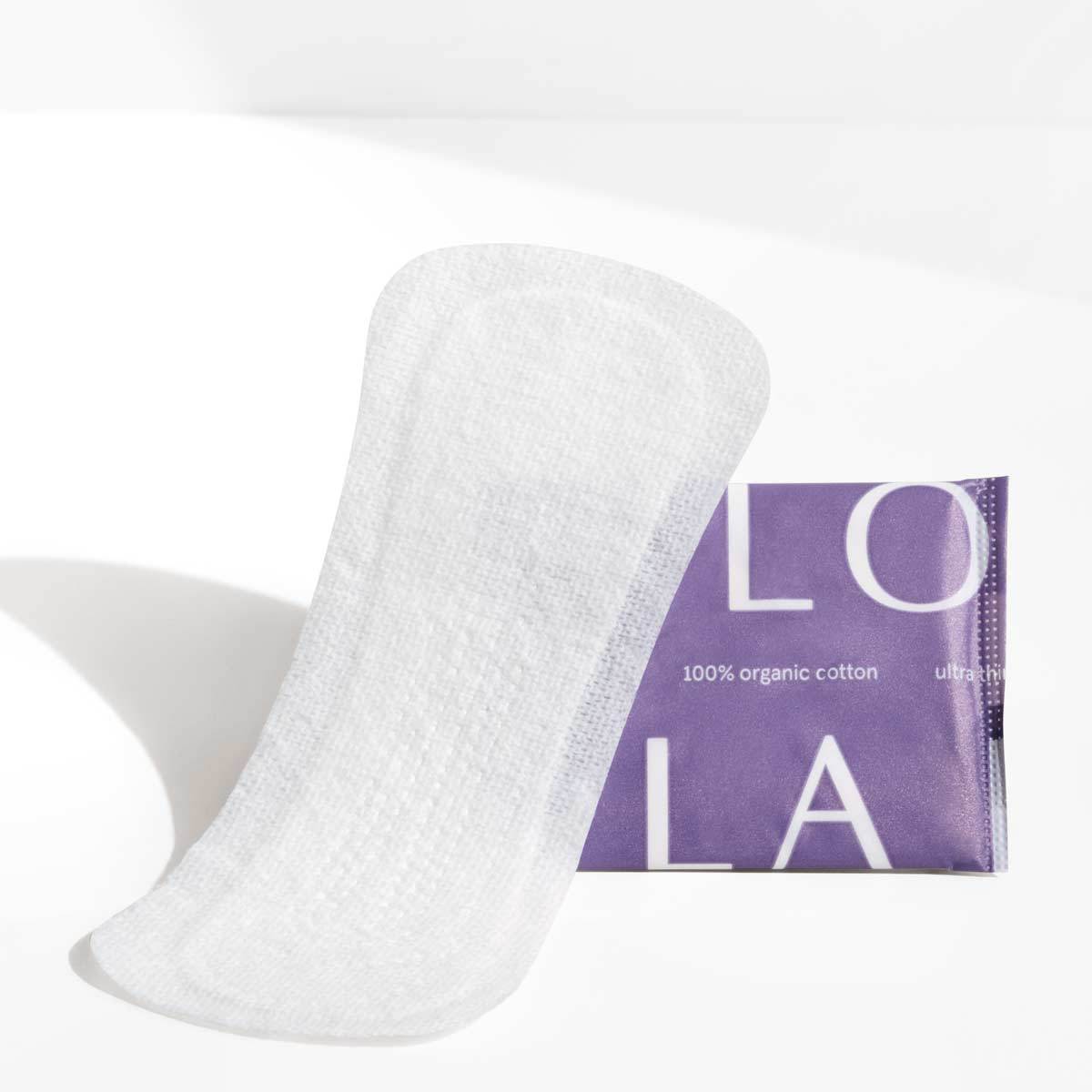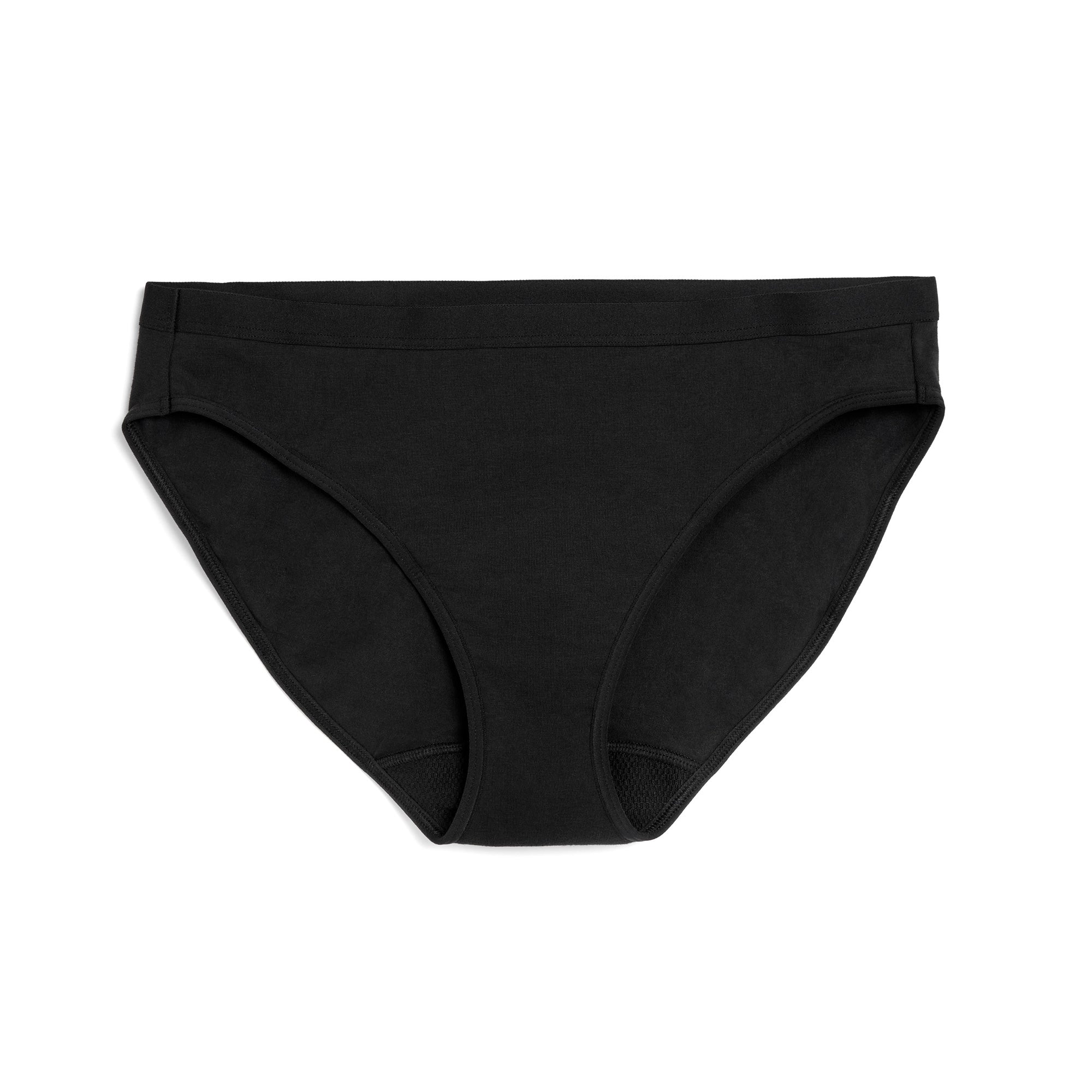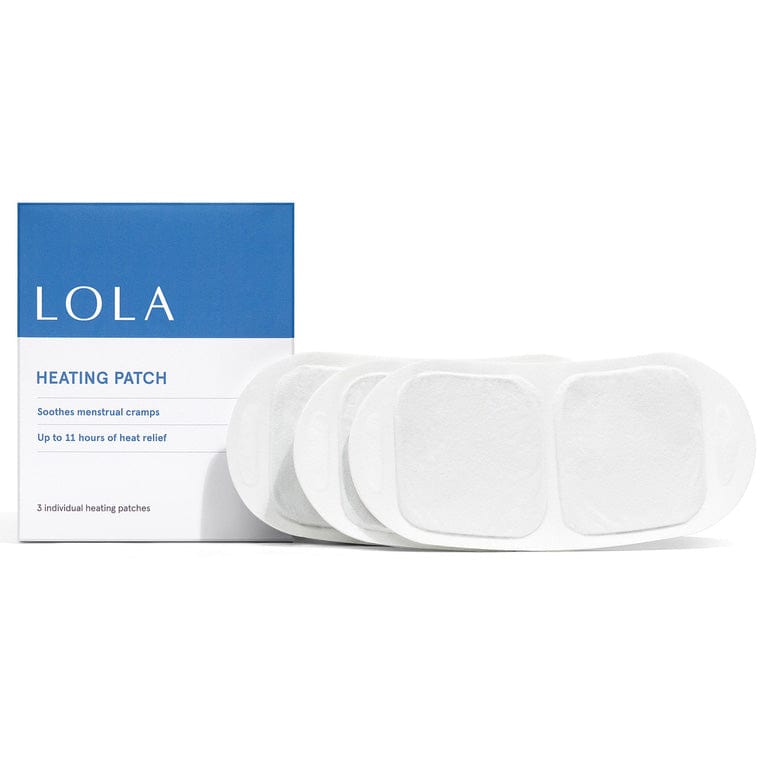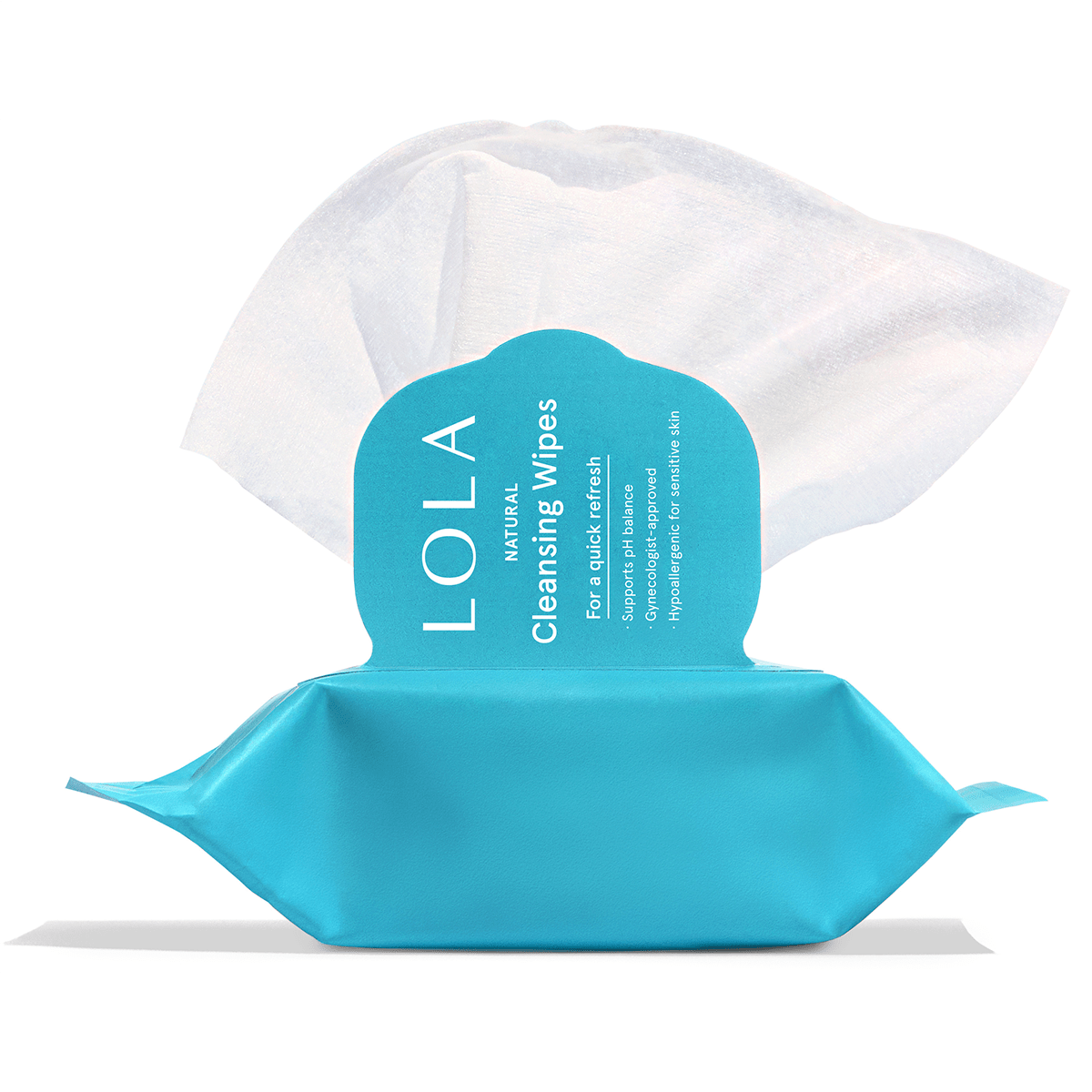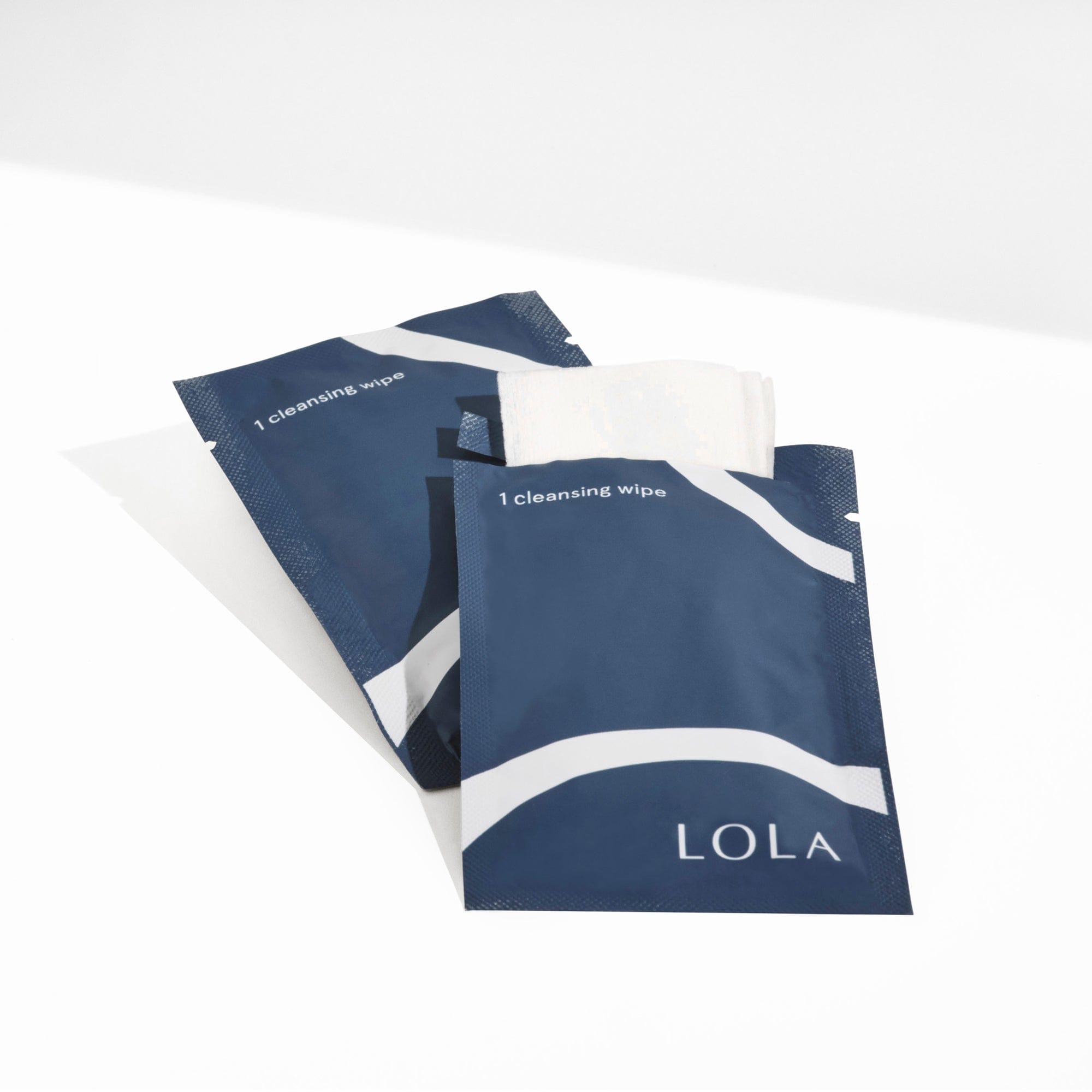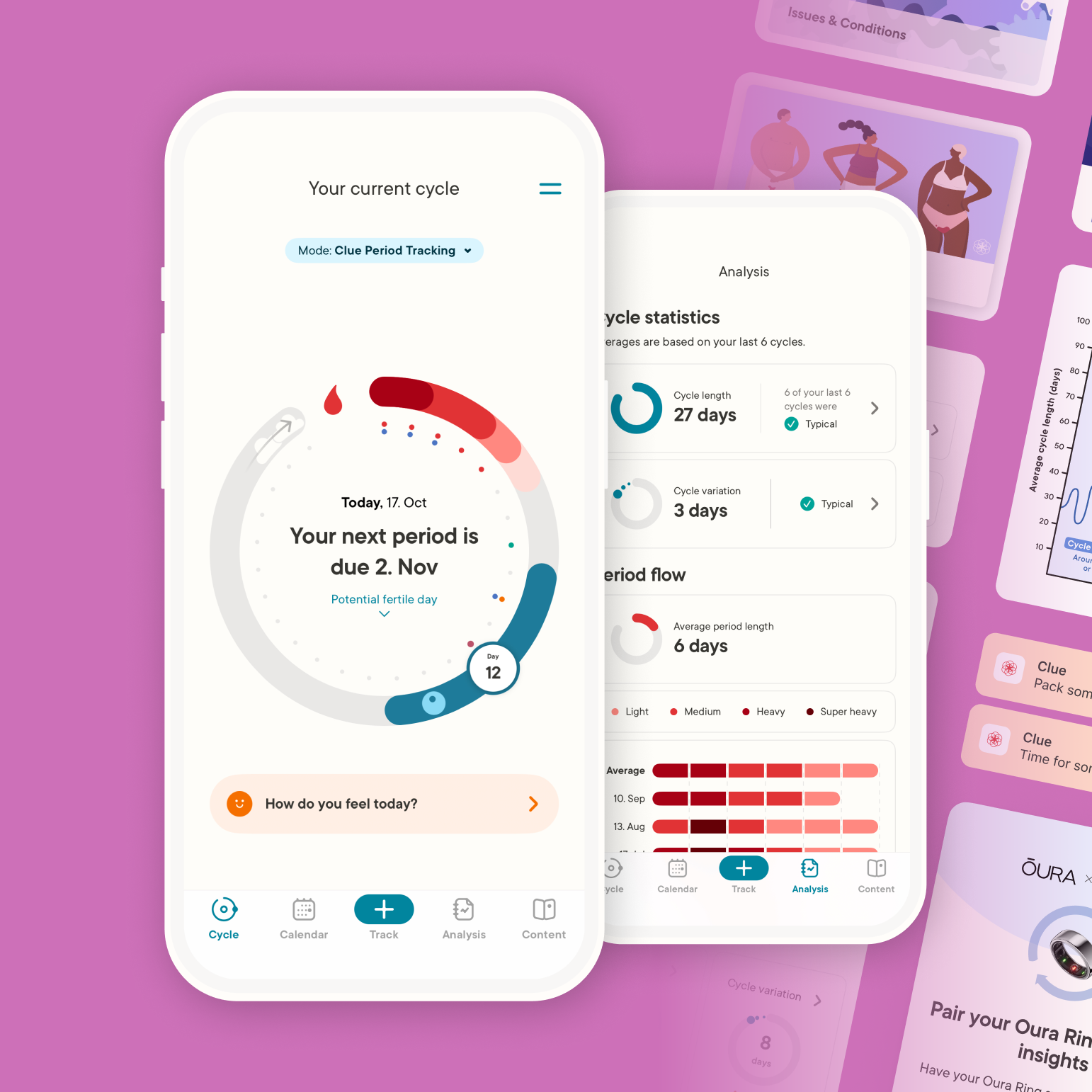Postpartum stretch marks are natural, often living proof that you created a human being inside your body. They’re also one of the most common after-effects of pregnancy, just like changes in your breast size or menstrual cycle. In fact, up to 90% of women develop stretch marks during pregnancy.
Pregnancy stretch marks are a badge of honor, but they can be a jarring adjustment to get used to. And while stretch marks are difficult to get rid of entirely once they’ve appeared, there are preventative measures that women can take to reduce the likelihood of getting them in the first place.
Know that stretch mark care is a personal choice. Whether you intend to care for, prevent them, or let them be as they are, we’re here to provide information to support your decision-making.
Come along as we explore gentle at-home remedies and empowering lifestyle changes to support your body’s natural healing process after pregnancy and help manage the appearance of postpartum stomach stretch marks.
Understanding Pregnancy Stretch Marks: The What, The How, and The Why
Postpartum stretch marks, or striae gravidarum, as they’re scientifically known, are linear scars or tears that appear as streaks or lines on your skin’s surface across your body. They typically start appearing on a pregnant person’s body at the tail end of the second trimester or the beginning of the third trimester at 6-7 months. While the stomach is the most common place you’ll notice these pregnancy stretch marks, they also appear on your butt, thighs, hips, breasts, and even arms.
If you notice any thin and flat pinkish lines or bands forming across your skin, these are the first signs of your stretch marks forming. After you deliver the baby, though, they may appear darker or more reddish. While they can be itchy and a little bit annoying, rest assured, they don’t pose any harm to you or the baby.
What Causes Stretch Marks?
During pregnancy, your body needs to expand quickly. Your tummy, in particular, is stretched taut, and you may gain weight in other areas. This rapid growth causes tears in the middle layer of the tissues on your skin, appearing as visible lines. Collagen and elastin fibers, which are responsible for skin elasticity, are unable to keep up with the demands of your expanding skin, leading to stretch marks
There are three main causes of pregnancy stretch marks:
- Fast weight gain: If you gain a lot of weight quickly (which is common when pregnant), you’ll be more likely to develop stretch marks.
- Hormones: Your hormones go haywire when you’re pregnant. Cortisol levels, in particular, tend to increase during this time, peaking during the third trimester. This hormone weakens the elasticity of your skin, which results in stretch marks as your skin stretches. Think of an old rubber band that starts fraying after being pulled taut because it has lost its elasticity. The same science applies here.
- Genetics: Some traits are passed down genetically, and this includes a predisposition to develop stretch marks when pregnant, or even during puberty. Did the women in your family develop them? Chances are, you will, too.
Can Stretch Marks Go Away After Pregnancy?
Yes and no. While stretch marks do fade away and blend into your skin in the form of barely-there silver-y streaks over time, they most probably won’t go away completely. In this, they are just like any other type of scar. All you can do is minimize their appearance and speed up the fading process.
5 Easy and Safe Remedies for Postpartum Stretch Marks
Giving birth and caring for a new baby surely will affect your lifestyle, and demand much of your time in ways like never before (even if you are not a first time mom!). Because of this, we rounded up easy, at-home tips to help you and consulted with primary care physician and women’s health expert Dr. Navya Mysore, to help you lessen and prevent pregnancy stretch marks right from the comfort of your home.
Dr. Mysore notes these tips are more effective within the first few weeks of developing stretch marks. "Once you get into older stretch marks like gray/whitish, it's harder to capture and remedy.”

Stay Hydrated
It’s true; staying hydrated by drinking plenty of water is one of the first steps you need to take to reduce the appearance of your stretch marks. A little bit of context is necessary here: Dry skin is more prone to stretch marks than hydrated skin. When you keep yourself hydrated, your skin cells receive plenty of water, which makes them softer. This way, they can repair and tighten themselves faster, leading to your postpartum stretch marks fading away much quicker.
Drinking water also reduces your risk of more stretch marks being developed, which is especially important if you’re breastfeeding. Dr. Mysore explains that breast tissue gets stretched when you’re breastfeeding. When you wean your baby off, the tissue shrinks back, leaving stretch marks in its wake. To minimize the risk of this, drink at least 8 cups of water per day. We believe in you and your water intake!
Do Regular Exercise to Improve Skin Elasticity
While exercise is always good, engaging in some light physical activity postpartum can help with promoting more blood flow to the skin, which preserves the moisture in your skin. Additionally, exercise also strengthens and tightens the muscles on your hips, belly, thighs, and butt, which are the areas where stretch marks are most likely to appear. This reduces skin laxity (i.e. where the skin loses its firmness), making your skin tighter, which, in turn, reduces the appearance of stretch marks.
But, how does exercise connect to better skin elasticity? Physical activity stimulates the production of estrogen as well as your growth hormone. These two, in turn, are involved in collagen production. And collagen? Along with elastin, it’s responsible for the firmness and elasticity of your skin. Moreover, exercise improves circulation, which helps to rejuvenate skin.
Take it easy with the exercise at first and work your way up from there. Start with some walking and yoga in the first few weeks, and slowly include slightly more strenuous things like running, pilates, or swimming (in chlorine-free pools only as this can dry out your skin). We recommend speaking with your doctor before starting any exercise or fitness routines to understand what activities will be best and most safe according to your medical history and/or type of delivery.
Eat a Balanced Diet Rich in Vitamins
A healthy diet rich in vitamins and nutrients works wonders when it comes to repairing your skin. You need to eat foods that boost collagen production and help speed up tissue repair, in particular. These include foods rich in vitamins C, D, E, as well as zinc, proteins, and fatty acids. Vitamin C, in particular, is important in scar reduction.
A good way to make sure that you’re having a balanced and healthy diet is to add fruits and veggies from all colors of the rainbow to your plate. When possible, choose unprocessed foods and soak up as much Vitamin D from the sun as possible.
Apply Topical Oils and Creams
Massaging your tummy (and other areas) with moisturizing creams and oils improves blood circulation and hydrates your skin—two things that aid in increasing collagen production and tissue repair, which leads to an increase in skin elasticity. Take a handful of natural oils like almond oil, olive oil, coconut oil, or castor oil, and massage your stretch marks and the surrounding skin in circular motions. Do this at least once a day for 5-10 minutes.
Alternatively, you can also use a skincare product like LOLA's stretch mark prevention cream, to reduce the appearance of stretch marks.
Using topical creams and gels also increases collagen production. Look for products that contain ingredients such as cocoa butter, vitamins E and C, and hyaluronic acid (a product that increases skin tightness, hydrates your skin, and reduces the brittleness of your skin).
Dr. Mysore also recommends vitamin E oil and Bio-Oil for preventive measures.
Exfoliate At Home with DIY Techniques
You might already be on Pinterest looking up inspiration for your next family photoshoot, so keep the DIY fun flowing with at-home scrubs! At-home scrubs and exfoliation techniques can help reduce the visibility of stretch marks. Our skin automatically sheds dead skin cells, growing new ones in its place (known as skin cell turnover). Exfoliating or scrubbing once a week can help rejuvenate skin, maintain an even skin tone, and speed up the skin repair process, fading your stretch marks.
Use natural scrubs with coffee grounds, baking soda, and ground almonds, oatmeal, or flax seeds and exfoliate the areas housing your postpartum stretch marks.
Self-Acceptance and Body Positivity Postpartum
Your pregnancy stretch marks will probably never go away completely, but that’s okay. They’re very common and completely normal. They are proof that you created and gave birth to an entirely new person, which is a wondrous feat!
So, instead of thinking of your postpartum stretch marks as something you need to get rid of, we hope you’ll feel empowered to think of them as a souvenir your baby left on your body. Practice self-acceptance and celebrate all the lines on your body.
We know that this is easier said than done, though, and it won’t happen overnight. Joining support groups or online communities like Postpartum Mamas on Facebook or r/beyondthebump on Reddit can give you emotional support and practical advice through this unique time. Practice self-care and relaxation techniques and seek counseling if you need it.
Dr. Mysore says it took years to accept her stretch marks. "For many years as a teenager, I was ashamed of them, embarrassed by them, and had a hard time wearing a bathing suit because of them. It took me a while to accept them and now I call them my tiger stripes. They're something I own."
Stretch Mark Prevention Tips for Future Pregnancies
Although stretch marks are mostly out of your control, you can work on reducing their likelihood of developing. The idea behind this is to take care of your skin so that it’s able to maintain enough elasticity to stretch without forming tears or scars. Early intervention right from the first trimester is key.
Here are some tips you can follow:
- Hydrate yourself well
- Maintain a healthy diet with collagen-boosting foods
- Moisturize your skin with vitamin E and Bio-Oil
- Try light exercises to slow down weight gain
Nurture your body postpartum by giving it the care it deserves with LOLA’s Stretch Mark Prevention Cream. [Shop now]
